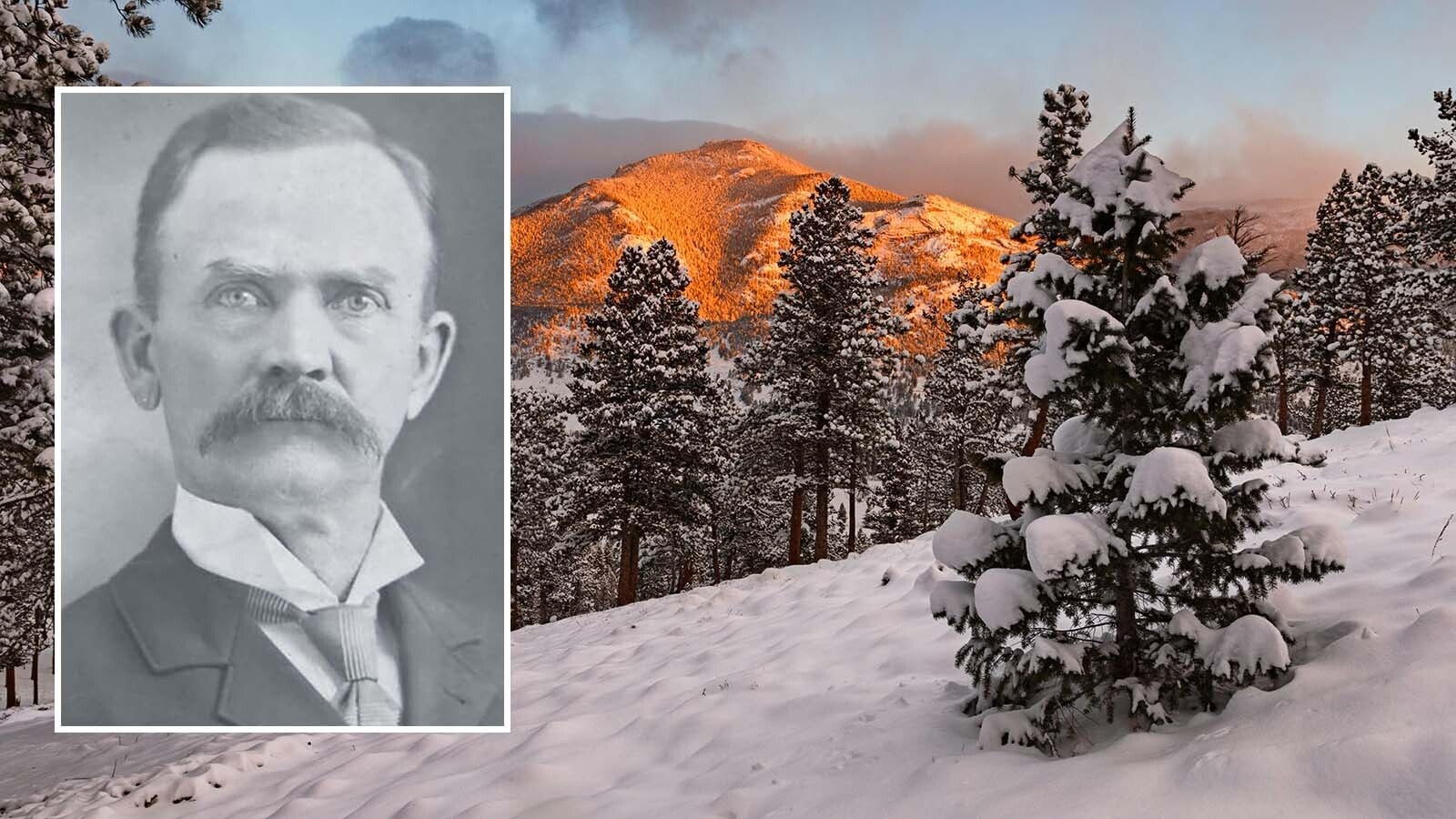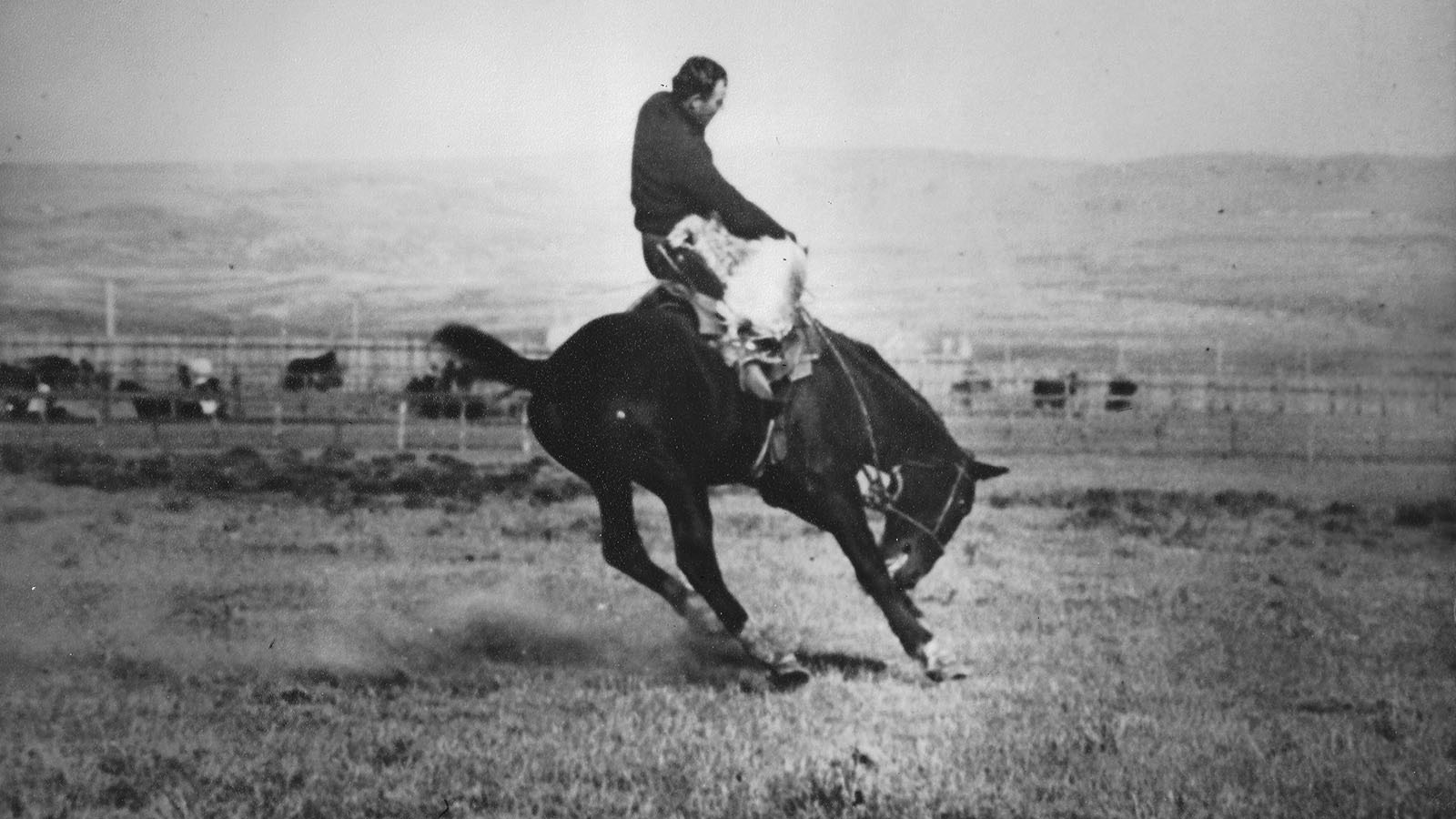“There it lay, a tranquil sea or lake without water, if such a simile be admissible… and solitude and silence reigning paramount around.”- Charles Dickens upon his first encounter with a prairie sunset.
In the 19th century, the American West drew a lot more people than just those migrating to start a new life or make their fortune. There was a brisk tourism industry, which grew as the convenience of travel provided by coach service, railroads, and boats.
Many of Europe’s elites braved the dangers of an Atlantic voyage to visit wide-open Western destinations. Among these were Charles Dickens and his wife. Dickens was an accomplished novelist, journalist, and short story writer best known for his classic novels A Christmas Carol, A Tale of Two Cities, The Old Curiosity Shop, Great Expectations, and others. He is one of the earliest great travel writers.
Charles and his wife landed in Halifax after a rather stormy Atlantic crossing in January of 1842. The author learned more about sea sickness than he ever wished. He kept his stiff upper lift and his sense of humor. Tourists in those days almost completely organized the details of their own tours. Dickens wished to see the American Plains.
He had a desire to visit many American cities and to satisfy his curiosities about institutions like courts, jails, banks, asylums, disability treatment centers, and a variety of natural resources. With those goals in mind Dickens sent an ambitious schedule for himself.
Dickens visited many of America’s major cities, including Boston, New York, Philadelphia, Richmond, Washington D.C., Baltimore, Pittsburg, Cincinnati, Louisville, and St. Louis. He also took in smaller cities such as Worchester and Hartford.
Why Visit the West?
Many Europeans were fascinated by the mystique of America’s frontier. In today’s America Dickens would have ended his trip in our Mid-West. In 1842 the West began in the Mississippi and Missouri River Valleys. As thousands of emigrants pioneered and expanded wagon roads this fact of life changed. The American West soon grew all the way to the Pacific Ocean.
Even in these earlier days of emigration, the West was romanticized for its vast expanses of grass, herds of buffalo, and Native American inhabitants. It is little wonder that many described the experience as “seeing the elephant.” Meaning encountering something both gigantic and exotic.
Excursion to the Frontier’s Edge
From published descriptions he had read Dickens knew much of what to expect when visiting the Plains. Previous travelers often described the area as a disturbing landscape to travel through.
The horizon was uniform in all directions. As one traveled forward the horizon did not appear to get closer. The horizon behind the direction of travel followed like a creature stalking the traveler. It was described as being in a large bowl.
Dickens and thirteen other men left St. Louis early one morning in three carts, accompanied by a scout on horseback. They headed into an area where once there thrived large populations of Native American farmers. Their chiefdoms had built towns and dotted the landscape with platform, burial, and effigy mounds among vast fields of corn, beans, and squash. Agriculture was returning to the area as modern farms, villages, and towns spread westward.
Dickens coined the term “Looking-Glass Prairie” for the area he targeted for this part of his journey. That place is now near O’Fallon, Illinois. The weather was sultry as they passed over ground which burned the night before only to have the blaze extinguished by torrential rains.
After a long bumpy ride, they stopped at a hotel at Belleville described as, “shambling, low-roofed outhouse, half-cowshed and half-kitchen.” There the travelers ate and drank. The evening was rounded out by a lecture on phrenology, the pseudoscience of predicting personality traits by observing the bumps on the head.
The Phrenologist of note was Dr. Crocus from Scotland. The good doctor seemed to not think much of being introduced to one of England’s most celebrated authors. Dickens believed that his traveling clothes and “face and nose profusely ornamented with stings of mosquitoes and the bites of bugs” affected the first impression he made upon the doctor.
The next day the visitors continued their journey through the “same desolate kind of waste” they had encountered on the first day of travel. As the night began to fall, they reached the Looking-Glass Prairie. Dickens traveled all this way only to be disappointed.
He had expected a sumptuous view fit to rival Scottish heaths and English downs. Instead, he reached a flat landscape with the grass not yet ripe, with many areas bare patched, and lacking its renowned floral adornments. He described, “there lay stretched out before my view a vast expanse of level ground; unbroken, save by one thin line of trees.”
Dickens summed up his assessment of the Looking-Glass Prairie, “It is not a scene to be forgotten, but it is scarcely one, I think (at all events, as I saw it), to remember with much pleasure, or to covet the looking-on again, in after-life.”
Though the object of this portion of the trip was disappointing Dickens and the others stopped by a solitary log cabin and ate. At this feast Dickens got to try buffalo tongue for the first time, declaring it to be “an exquisite dainty.”
The menu also included ham, cheese, roasted fowls, butter, bread, and biscuits. The food was washed down with plenty of sherry, champagne, and lemonade (which he called a punch of lemons, sugar, and ice). Dickens stated that this cheerful party was not easy to forget.
On the return leg from the “Looking-Glass Prairie” the party of travelers stopped at one of the greatest human-made features of America’s antiquity, Monks’ Mound. The mound is the largest earthen pyramid in North America and was the centerpiece of the prehistoric city we now call Cahokia.
The mound is named for the La Trappe order which planted a vineyard atop the mound. When visited by Dickens the vineyard was long gone having been, “swept off by the pernicious climate: in which lamentable fatality, few rational people will suppose, perhaps, that society experienced any very severe deprivation.”
Dickens did not see a buffalo, but he did get to see Native Americans. He conversed at length with a real Indian during his travels. The man, though well-spoken and well-read, disappointed the Englishman because he was not in native attire. Dickens later overnighted near an Indian village. He apparently observed the tribesmen from a distance and describes them as having the rough appearance of nomads. It was another disappointment.
What About the Rest of the Trip?
Dickens’ American Notes covers the entire journey. For those with an interest in learning about the United States in the 1840s it is a good source of information.
Dickens spent the most ink on subjects he found personally interesting. He was very interested in how the United States ran its communities. There is much about the American political and justice systems. He comments on cleanliness, animal husbandry, wildlife, the people he met (including a giant), and the shocking experiment of having factories staffed by women laborers.
Dickens’ greatest contributions come with his descriptions of interesting characters and interactions between people. It is no surprise that the hospitality industry and its cuisine loom large in his descriptions. Dickens traveled by boat, steamship, cart, and coach. His description served others of the period as a guide and sometimes a warning about what to expect.
There are some surprises in Dickens choices. The author held a comedic interest in the comings and goings of pigs. In the 1840s pork was the meat of choice on American tables.
Many American towns and cities were overrun by droves of pigs which were allowed to scavenge in the streets. Dickens found it amusing to observe the semi-feral porkers. They had a society of their own. They chased pedestrians, fought dogs, and had no guilt about being cannibals.
Dickens relates an incident when one of his friends tried to sleep at night in a coach to find refuge from the mosquitoes. The man spent a sleepless night fending off swine who, apparently smelling something to eat within his sanctuary, attempted to break into the coach.
Another unusual subject was that of tobacco, mainly chewing tobacco. In those days America was in love with tobacco and its many uses. Dickens once suggested that the spittoon should be the United States’ official crockery. A visitor to the United States could not help but be assaulted with the images and smells of tobacco use.
Checking into a hotel one might find the carpet before the desk bubbled up a rich ooze of brown tobacco spittle between the shoes of anyone arranging for lodging. Dickens when strolling the main deck of a riverboat looked down to consider the river and observed streams of tobacco spittle jetting out from the open shutter of the men’s cabin below as several gentlemen were engaged in conversation.
We owe a debt to the many travel writers of the past for providing us a glimpse of our ancestors during the performance of a task we take for granted, traveling. The routes and conveyances may change but many of the problems to be solved are timeless. The travails of our ancestors remind us that we are not so different.
Terry A. Del Bene can be reached at terrydelbene@me.com





